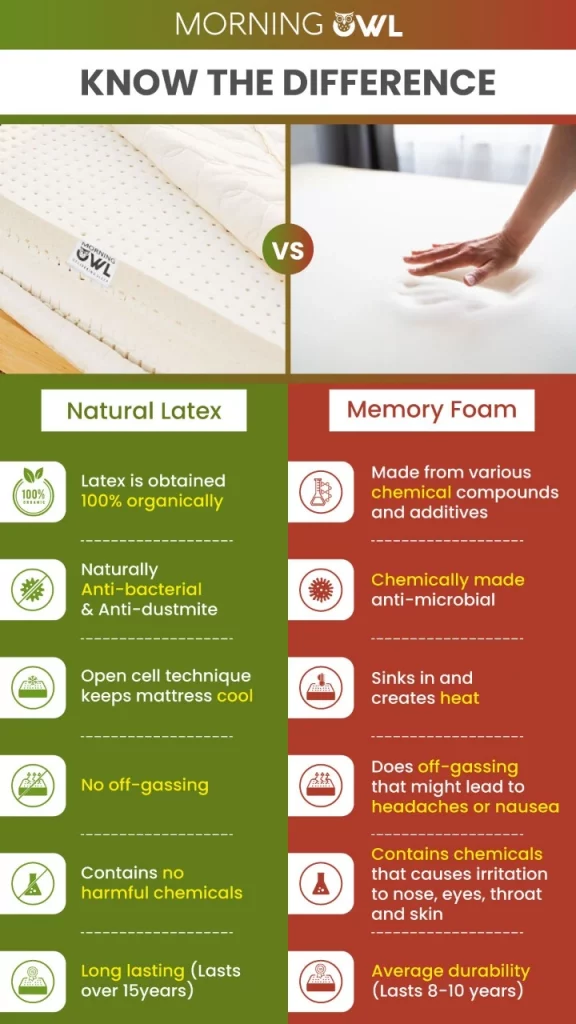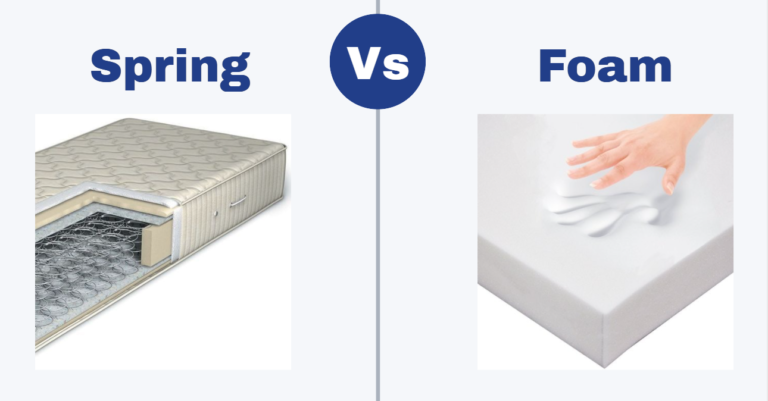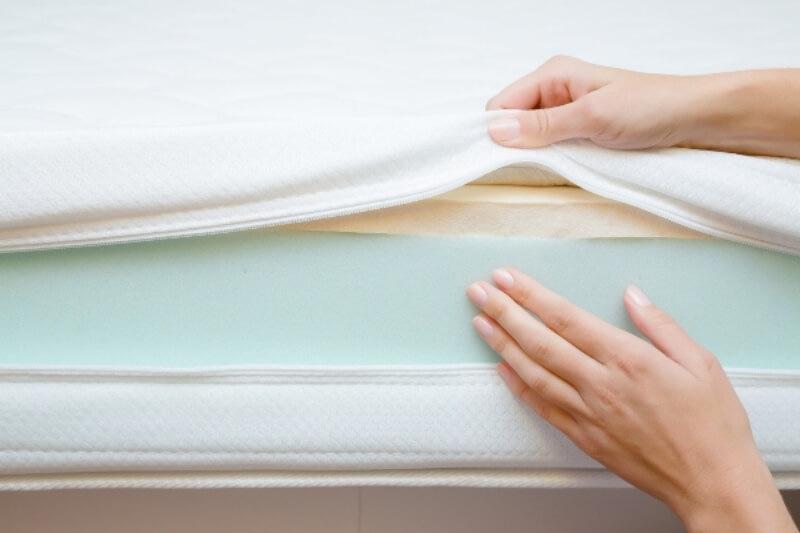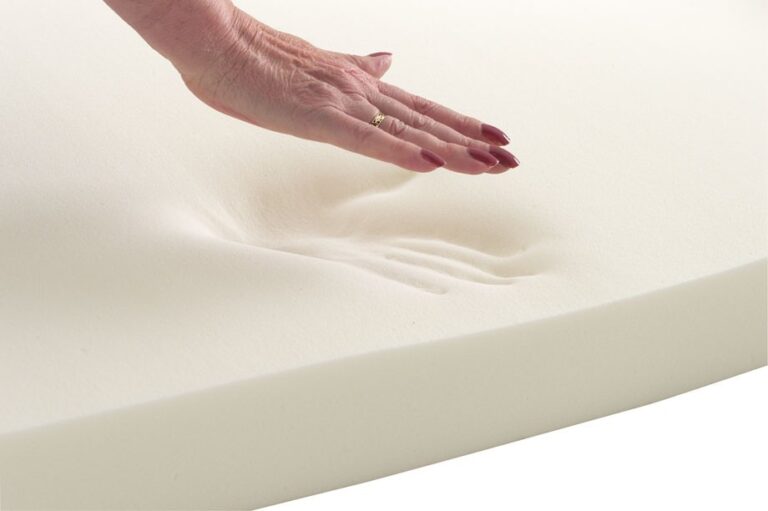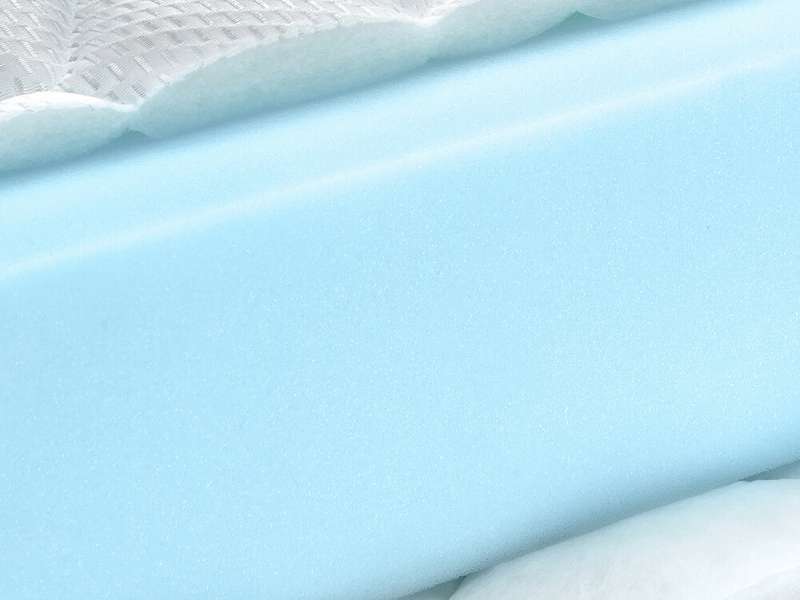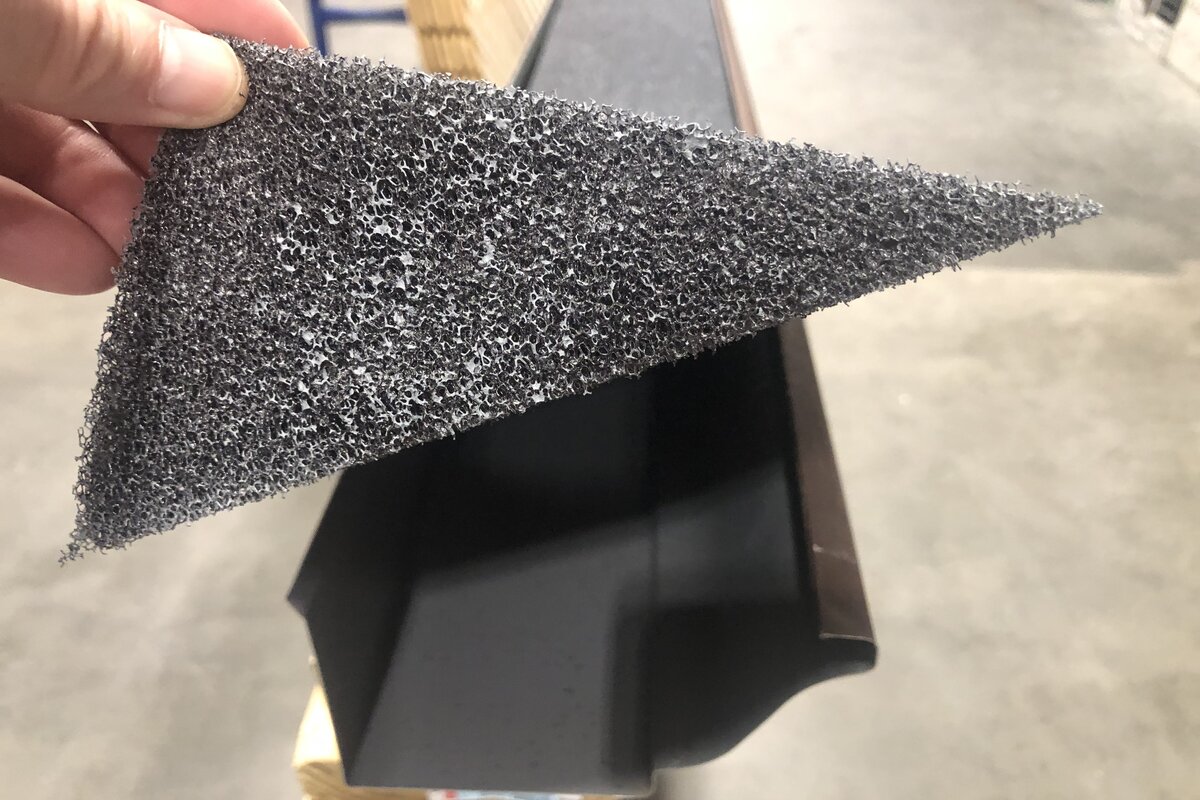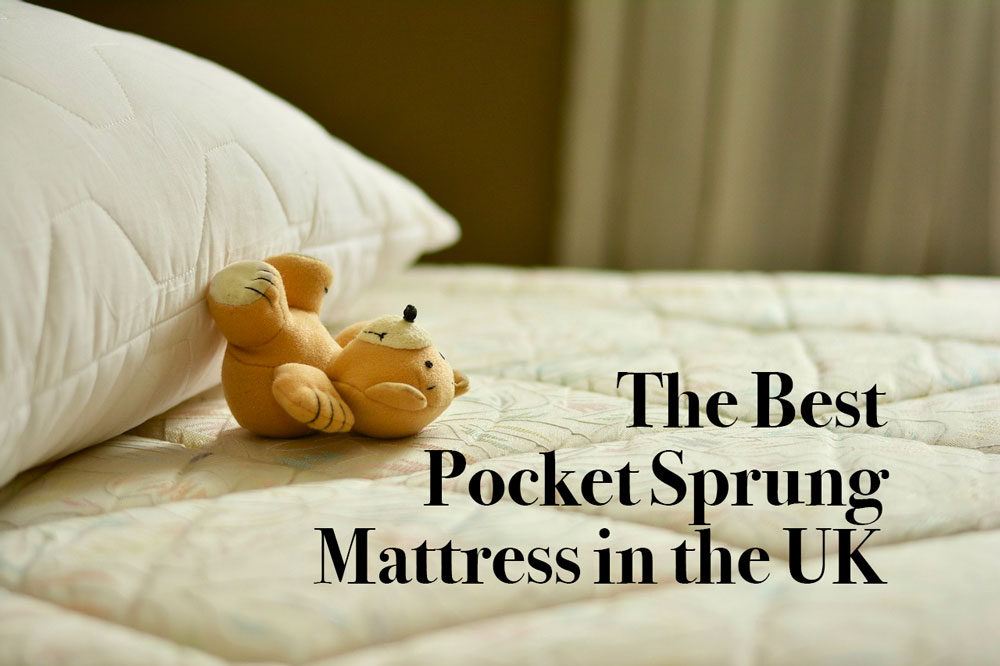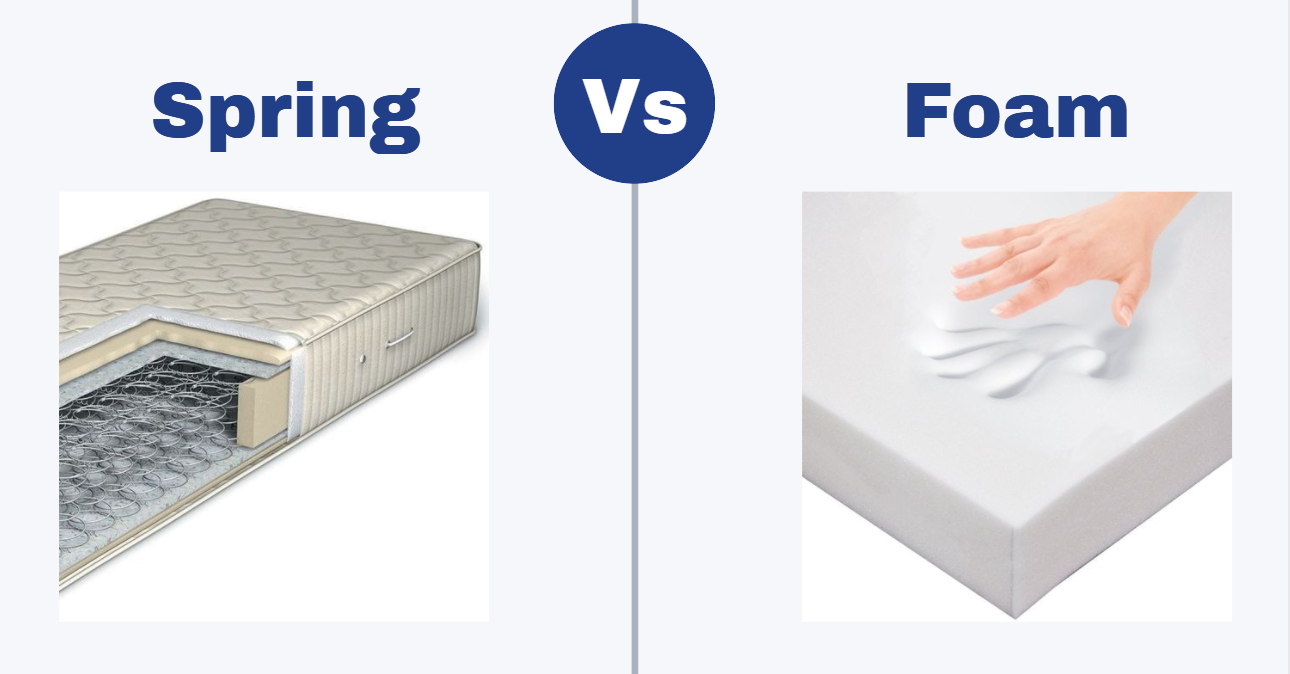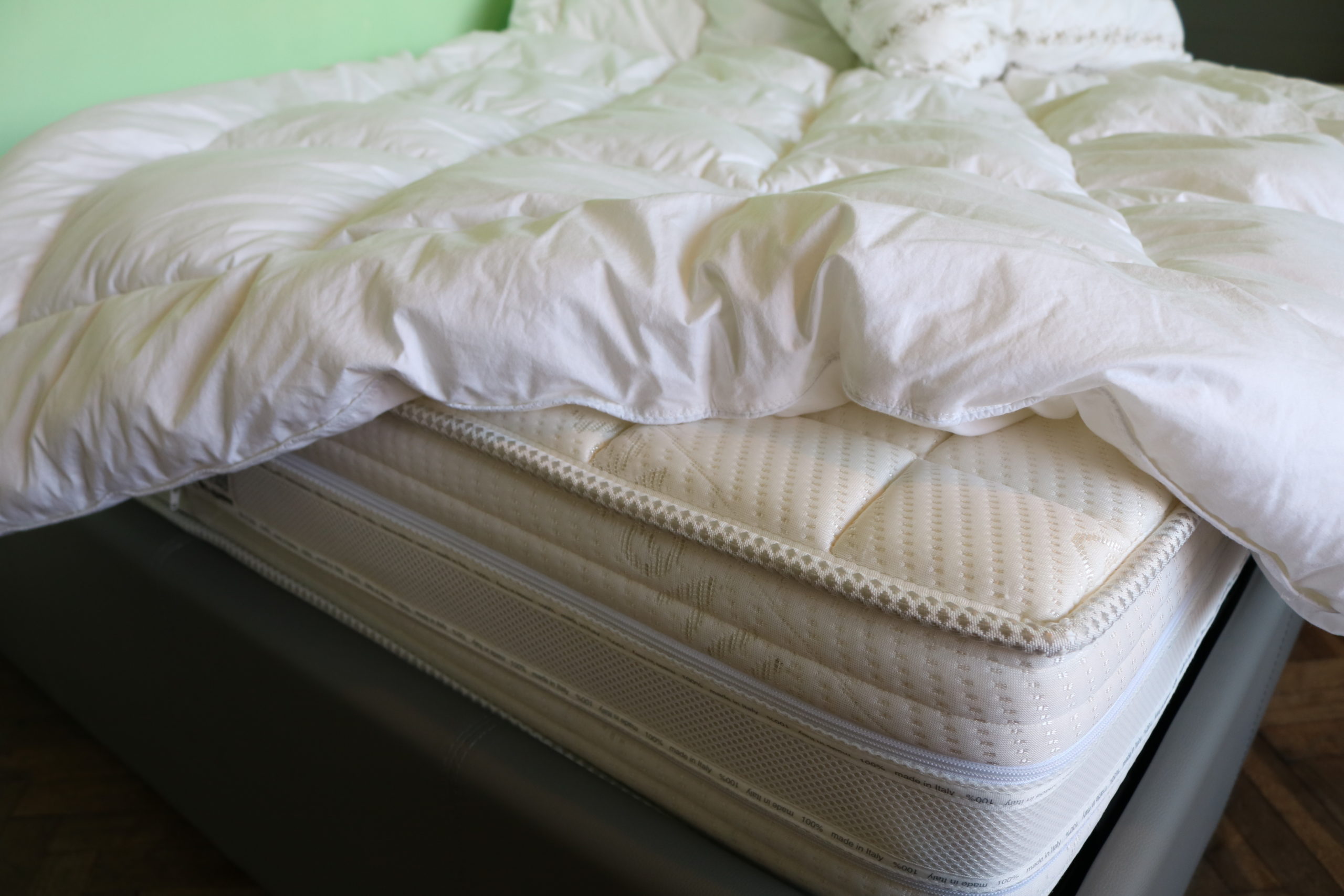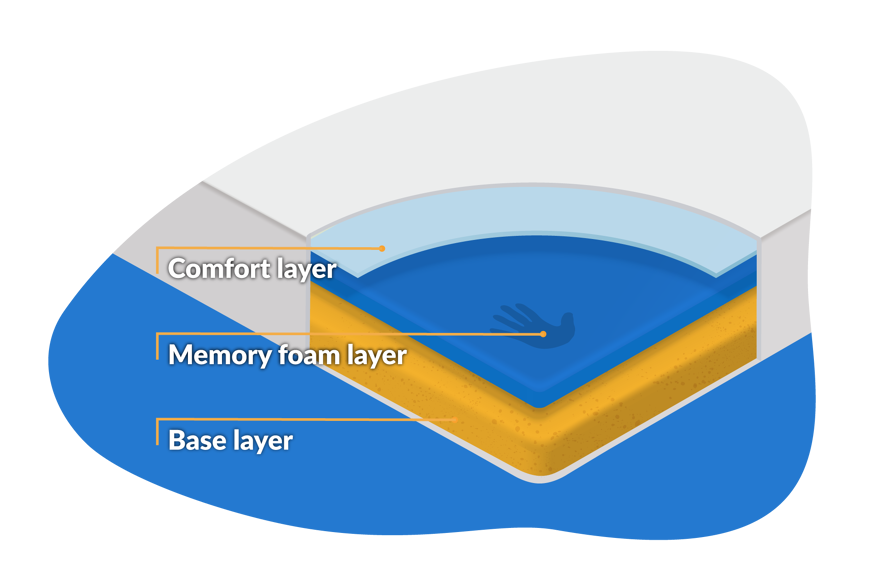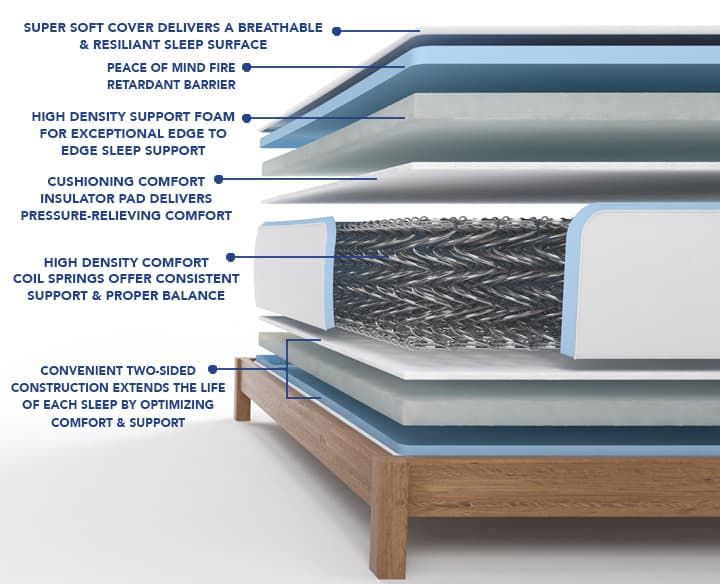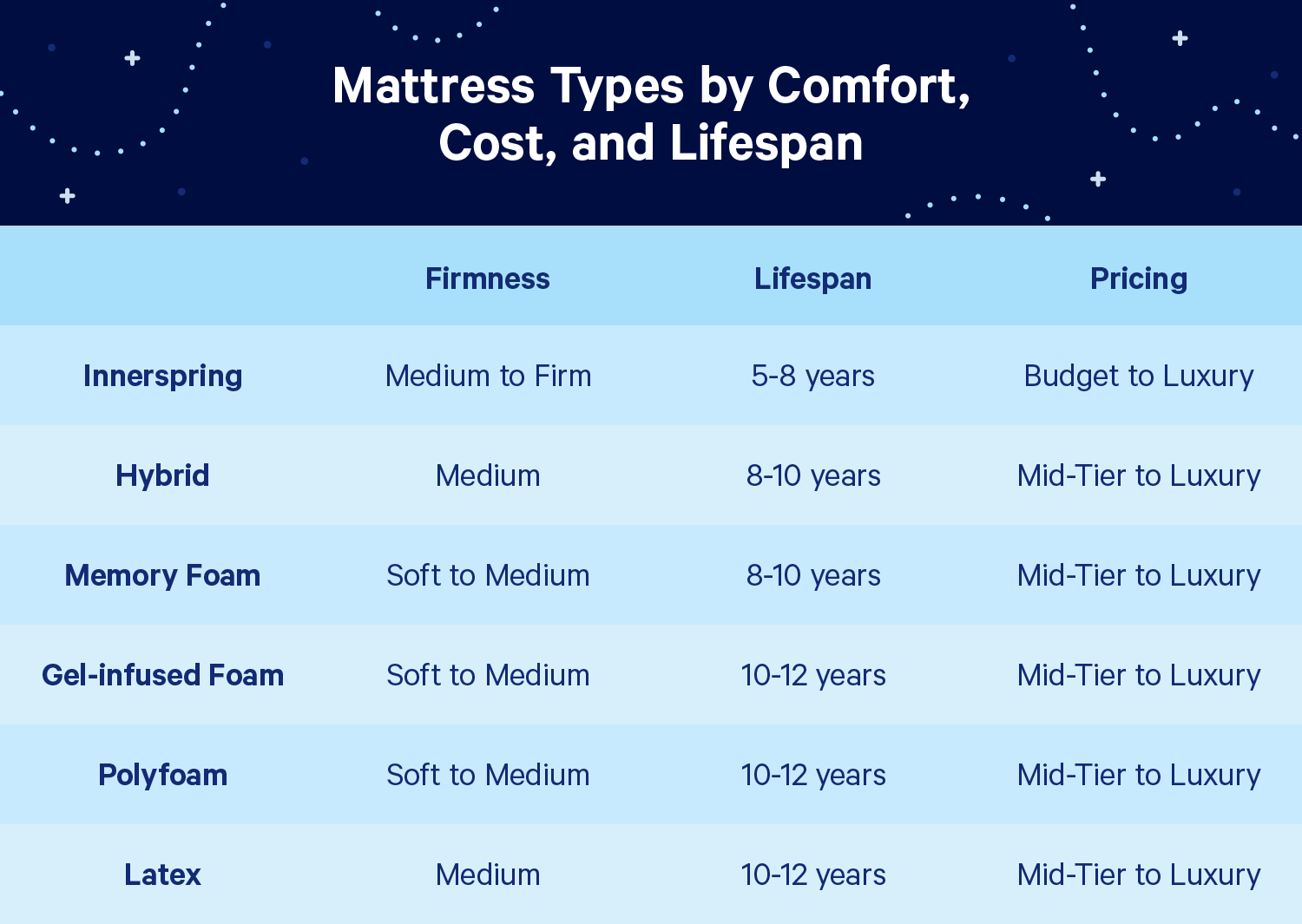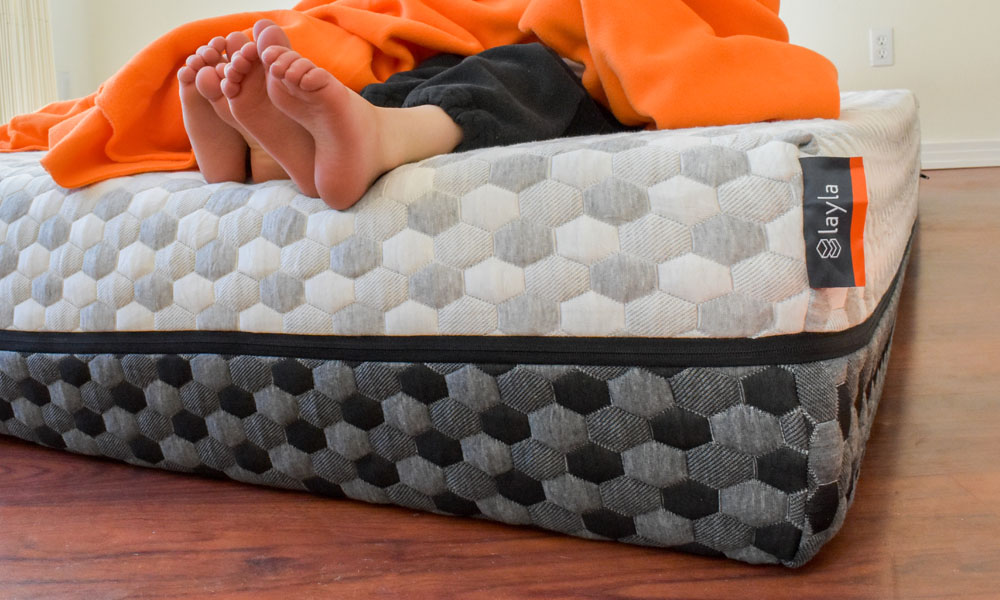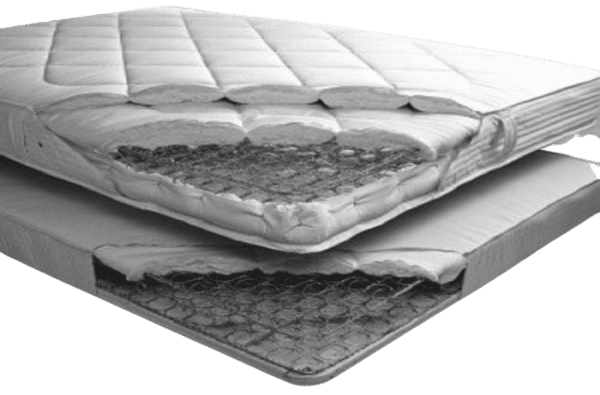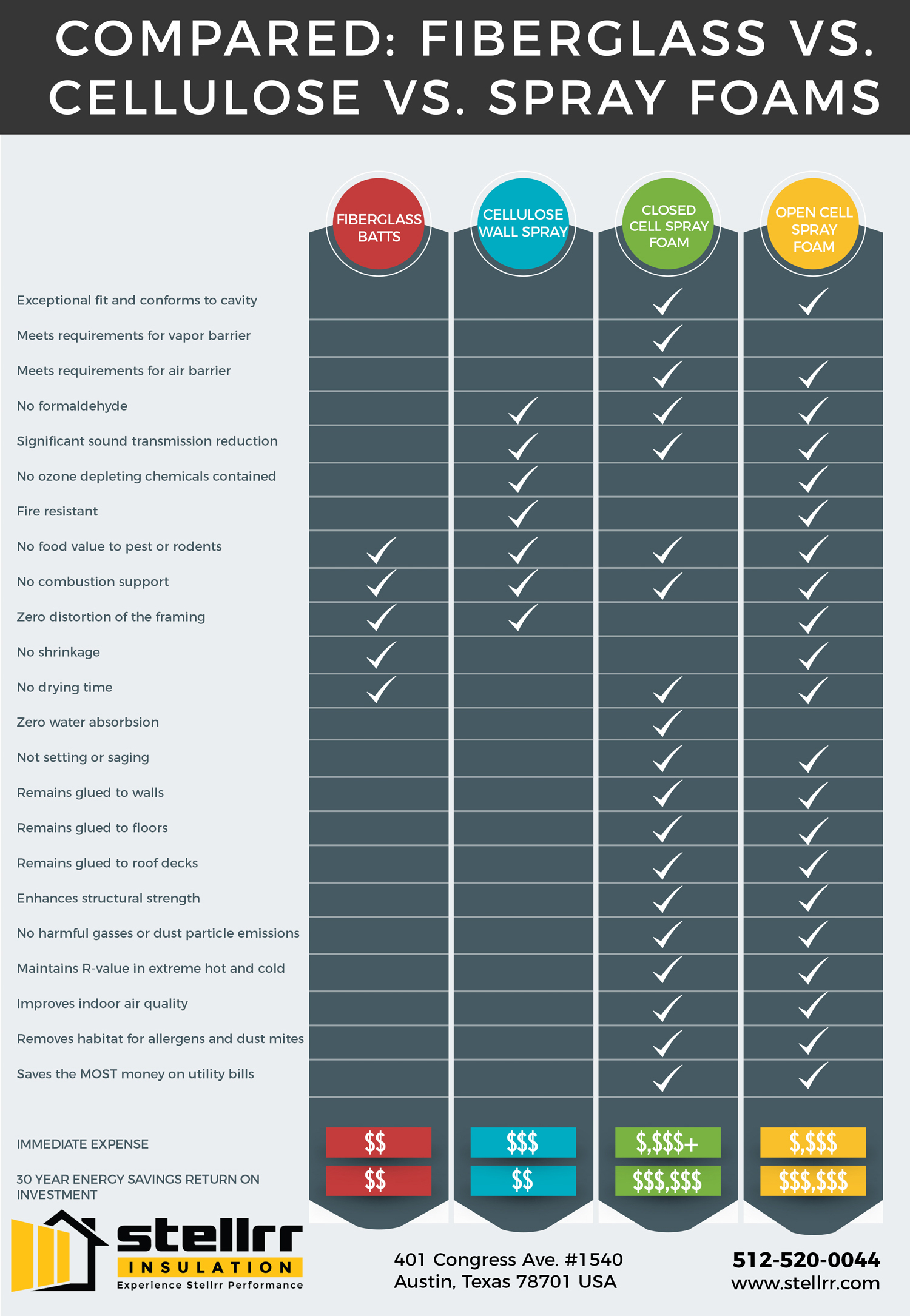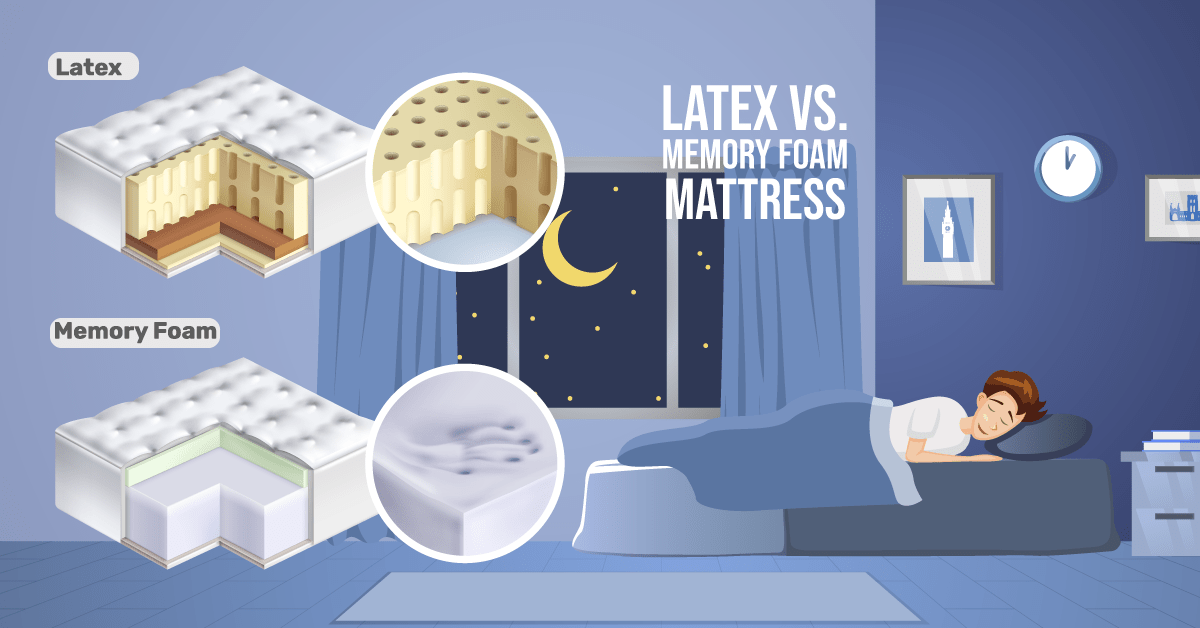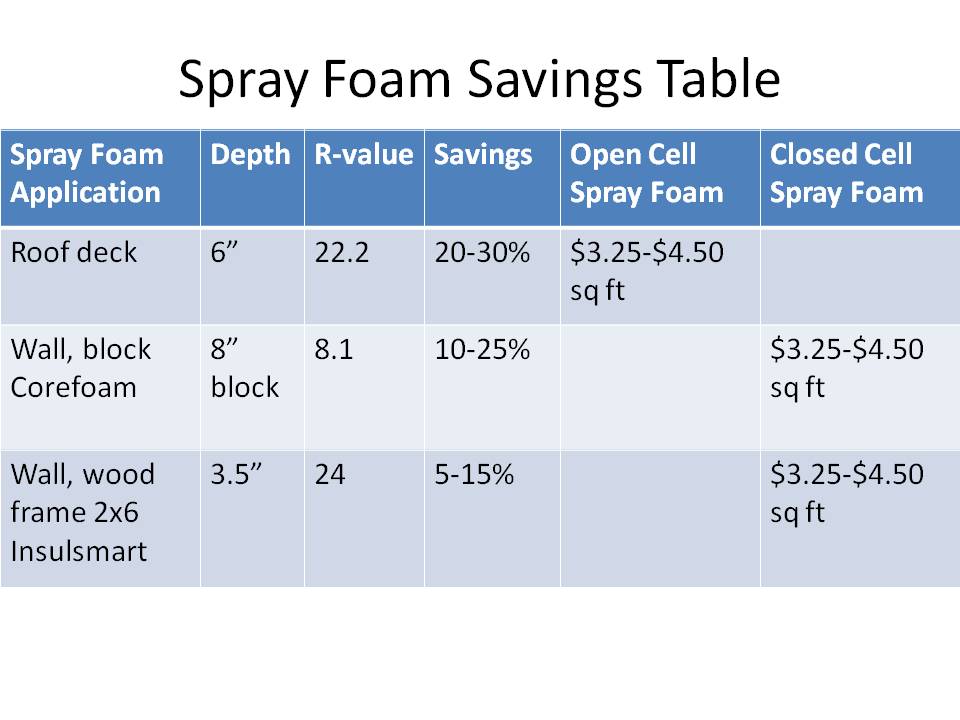Choosing the right mattress can make a huge difference in the quality of your sleep. With so many options on the market, it can be overwhelming to figure out which one is the best fit for you. Two popular types of mattresses are foam and sprung mattresses. Both have their own unique features and benefits, but which one is the right choice for you? Let's take a closer look at the differences between foam and sprung mattresses to help you make an informed decision. Foam vs Sprung Mattress: Which One is Right for You?
Before we dive into the specifics of each type of mattress, let's go over the general pros and cons of foam and sprung mattresses. The Pros and Cons of Foam and Sprung Mattresses
When it comes to choosing between foam and sprung mattresses, it's important to understand the main differences between the two. Foam mattresses are made from layers of foam, while sprung mattresses have a layer of coils or springs inside. This difference in construction leads to variations in support, comfort, and durability. Support: Foam mattresses are known for their excellent support, especially for pressure points. This is because the foam can contour to your body and distribute weight evenly. On the other hand, sprung mattresses may not offer the same level of support for pressure points, as the coils can push back against the body. Comfort: Both foam and sprung mattresses can offer a comfortable sleeping experience, but it ultimately depends on personal preference. Foam mattresses are known for their plush and contouring feel, while sprung mattresses can provide a bouncier and more traditional feel. Durability: In terms of lifespan, foam mattresses tend to be more durable than sprung mattresses. This is because foam materials can retain their shape and support for a longer period of time, while coils may start to sag or lose their shape over time. Comparing Foam and Sprung Mattresses: What You Need to Know
Support is a crucial factor to consider when choosing a mattress, as it can greatly affect your body's alignment and overall comfort. As mentioned earlier, foam mattresses are known for their excellent support for pressure points. This is because the foam can conform to your body's shape and provide even weight distribution. This can be particularly beneficial for those with joint or muscle pain, as the foam can alleviate pressure and prevent discomfort. On the other hand, sprung mattresses may not offer the same level of support for pressure points. The coils inside the mattress can push back against the body, which can cause discomfort and pain for some sleepers. However, sprung mattresses do offer a wide range of firmness levels, so you may be able to find one that provides enough support for your specific needs. Foam vs Sprung Mattress: Which Offers Better Support?
Aside from support and comfort, there are other notable differences between foam and sprung mattresses. Here are some key factors to consider when choosing between the two: Temperature Regulation: Foam mattresses are known for retaining heat, which can be uncomfortable for hot sleepers. However, many foam mattresses now come with cooling technologies such as gel-infused foam or open-cell foam to help regulate temperature. Sprung mattresses, on the other hand, have better airflow and can be a better choice for those who tend to sleep hot. Motion Isolation: If you have a partner who tosses and turns or gets in and out of bed frequently, you may want to consider a foam mattress. Foam mattresses are great at isolating motion, which means you won't feel your partner's movements as much as you would on a sprung mattress. Cost: In general, sprung mattresses tend to be more affordable than foam mattresses. This is because foam mattresses use higher-quality materials and technology, which can drive up the cost. However, there are also budget-friendly options for both types of mattresses, so it's important to consider your budget and prioritize what features are most important to you. The Differences Between Foam and Sprung Mattresses
When it comes down to it, the best mattress for you will ultimately depend on your personal preferences and needs. If you prioritize support and pressure point relief, a foam mattress may be the better choice. But if you prefer a bouncier and more traditional feel, a sprung mattress may be the way to go. It's also important to consider other factors such as temperature regulation, motion isolation, and budget. Ultimately, the best mattress is one that allows you to get a good night's sleep and wake up feeling well-rested and refreshed. Choosing the Best Mattress: Foam vs Sprung
Investing in a high-quality mattress is important for ensuring a good night's sleep for years to come. When it comes to durability, foam mattresses tend to have the upper hand. This is because foam materials can retain their shape and support for a longer period of time compared to coils or springs inside a sprung mattress. However, this doesn't mean that sprung mattresses are not durable. With proper care and maintenance, a good quality sprung mattress can also last for several years. It's important to regularly rotate your mattress and use a mattress protector to extend its lifespan. Foam vs Sprung Mattress: Which One is More Durable?
As mentioned earlier, the main difference in comfort between foam and sprung mattresses lies in personal preference. Foam mattresses are known for their plush and contouring feel, while sprung mattresses offer a bouncier and more traditional feel. However, it's also important to note that both types of mattresses come in a variety of firmness levels. So, whether you prefer a soft, medium, or firm mattress, you can find a suitable option in both foam and sprung mattresses. Understanding the Comfort Levels of Foam and Sprung Mattresses
The best mattress for your sleeping position is one that provides adequate support and comfort for your body. For side sleepers, a foam mattress may be a better choice as it can contour to your body's curves and provide relief for pressure points. On the other hand, back and stomach sleepers may benefit from the support and bounce of a sprung mattress. Ultimately, it's important to try out different mattresses and see which one feels most comfortable for your preferred sleeping position. Foam vs Sprung Mattress: Which One is Better for Your Sleeping Position?
As mentioned earlier, sprung mattresses tend to be more affordable than foam mattresses. However, this doesn't mean that foam mattresses are out of reach for those on a budget. There are many budget-friendly foam mattresses on the market that offer great support and comfort without breaking the bank. It's also worth considering the long-term investment of a good quality mattress, as it can significantly impact your overall health and well-being. When comparing costs, it's important to also consider the lifespan of each type of mattress. A foam mattress may cost more upfront, but if it lasts longer than a sprung mattress, it may end up being a more cost-effective option in the long run. The Cost Comparison: Foam vs Sprung Mattresses
The Battle of Foam vs. Sprung Mattresses: Which One is Right for You?
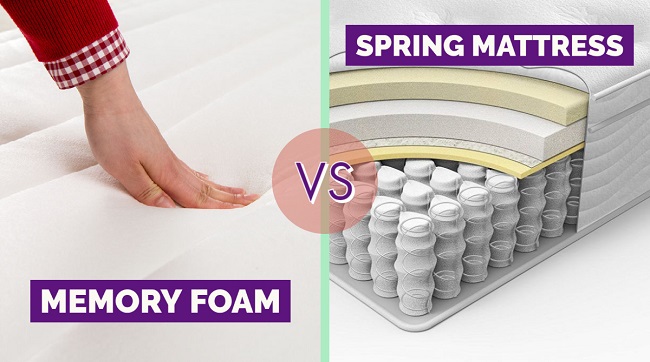
What is a Foam Mattress?
 A foam mattress is made of layers of
high-density foam
that provide support and contour to your body. The most common type of foam used in mattresses is
memory foam
, which is known for its ability to conform to the shape of your body and relieve pressure points. Foam mattresses are also known for their
motion isolation
, meaning that movement on one side of the bed will not disturb the other person's sleep.
A foam mattress is made of layers of
high-density foam
that provide support and contour to your body. The most common type of foam used in mattresses is
memory foam
, which is known for its ability to conform to the shape of your body and relieve pressure points. Foam mattresses are also known for their
motion isolation
, meaning that movement on one side of the bed will not disturb the other person's sleep.
What is a Sprung Mattress?
 A sprung mattress, also known as an
innerspring mattress
, is made of metal coils or springs that provide support and bounce. These mattresses often have additional layers of foam or padding on top for added comfort. Sprung mattresses are known for their
breathability
, as the coils allow for air to circulate and keep the mattress cool.
A sprung mattress, also known as an
innerspring mattress
, is made of metal coils or springs that provide support and bounce. These mattresses often have additional layers of foam or padding on top for added comfort. Sprung mattresses are known for their
breathability
, as the coils allow for air to circulate and keep the mattress cool.
The Pros and Cons
 When it comes to choosing between foam and sprung mattresses, there are several factors to consider. Foam mattresses are great for those who need
pressure relief
and
body contouring
. They also tend to be
hypoallergenic
and
durable
, making them a good investment in the long run. However, foam mattresses can
retain heat
, which may be uncomfortable for some sleepers.
On the other hand, sprung mattresses are excellent for those who prefer a
firmer
and
bouncier
feel. They also
sleep cooler
than foam mattresses, making them a better choice for hot sleepers. However, sprung mattresses may not offer enough
support
for those with back or joint pain, and they are more prone to
motion transfer
, which can disrupt sleep.
When it comes to choosing between foam and sprung mattresses, there are several factors to consider. Foam mattresses are great for those who need
pressure relief
and
body contouring
. They also tend to be
hypoallergenic
and
durable
, making them a good investment in the long run. However, foam mattresses can
retain heat
, which may be uncomfortable for some sleepers.
On the other hand, sprung mattresses are excellent for those who prefer a
firmer
and
bouncier
feel. They also
sleep cooler
than foam mattresses, making them a better choice for hot sleepers. However, sprung mattresses may not offer enough
support
for those with back or joint pain, and they are more prone to
motion transfer
, which can disrupt sleep.
The Verdict
 Ultimately, the choice between foam and sprung mattresses comes down to personal preference and individual needs. If you prioritize pressure relief and body contouring, a foam mattress may be the best option for you. However, if you prefer a firmer feel and cooler sleep, a sprung mattress may be the way to go. Consider trying out both types of mattresses and
consulting with a sleep expert
to determine which one is right for your unique needs.
Ultimately, the choice between foam and sprung mattresses comes down to personal preference and individual needs. If you prioritize pressure relief and body contouring, a foam mattress may be the best option for you. However, if you prefer a firmer feel and cooler sleep, a sprung mattress may be the way to go. Consider trying out both types of mattresses and
consulting with a sleep expert
to determine which one is right for your unique needs.
